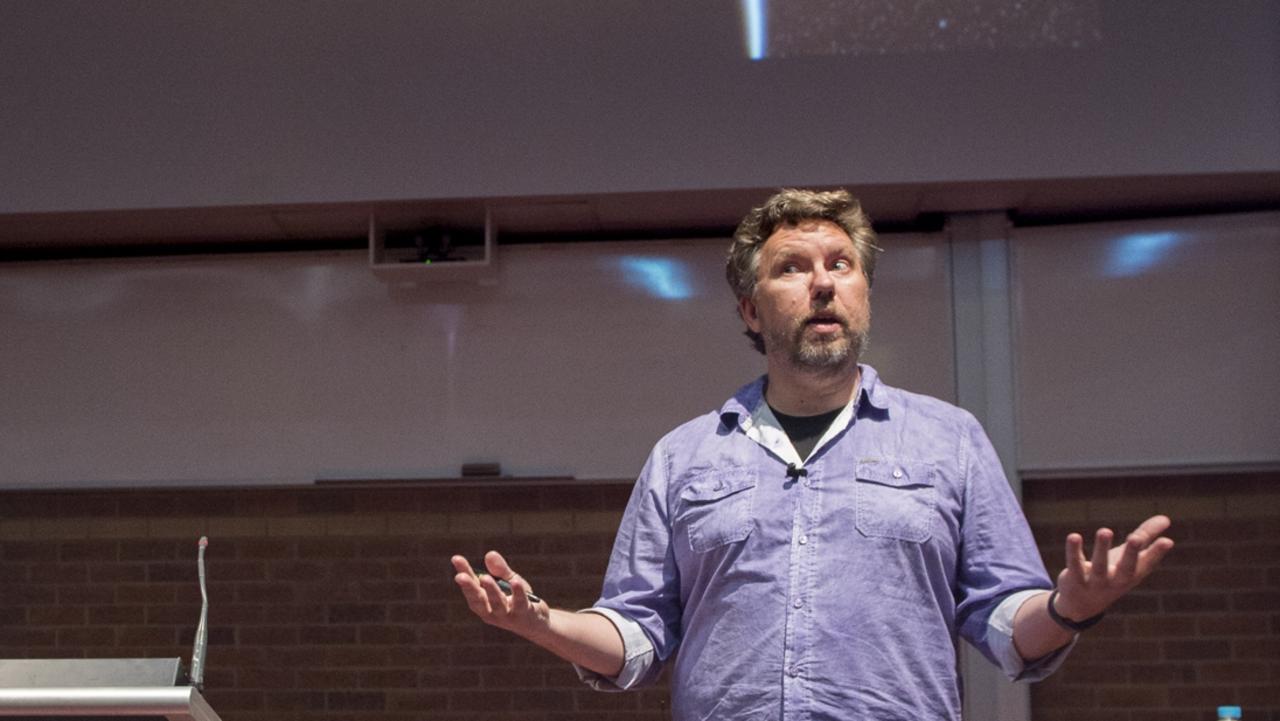Lift off: Researchers to launch NASA approved space missions
A professor will be part of two NASA-approved space missions with $1 billion set aside for the two investigative projects.

News
Don't miss out on the headlines from News. Followed categories will be added to My News.
A professor will be part of two NASA-approved space missions valued at $1 billion to investigate a planet that may once have been habitable.
The University of Southern Queensland (USQ)’s Centre for Astrophysics Professor Stephen Kane who is based at the University of California, has helped develop plans for the VERITAS and DAVINCI+ missions.
Exploring the atmosphere of Venus, DAVINCI+ will investigate how it formed and evolved while VERITAS will map the planet’s surface to identify its geological history and reveal why it developed differently to Earth.

Professor Kane said the two planets shared many similarities including their size, density, gravity and they were formed from the same kind of material.
“Despite its thick atmosphere of carbon dioxide, clouds of sulphuric acid, average temperature of 471°C and crushing pressure, Venus and Earth have a lot in common,” Professor Kane said.
“There’s also evidence that Venus had surface water oceans as recently as about a billion years ago … that may sound like a long time but the solar system is more than four billion years old – plenty of time for potential life.
“We can’t help but ask what happened – what was the point of divergence between these two twins that caused them to take completely different pathways in their life?”

Working alongside Toowoomba-based researchers to support NASA’s Transiting Exoplanet Survey Satellite, Professor Kane has used chemistry and pressure data from the DAVINCI+ probe to build a model of Venus’s atmosphere.
Collaborating with the VERITAS science team, the professor also created 3-D reconstructions of topography to confirm whether the planet’s plate tectonics and volcanism are still active.
“Unlike Earth which recycles and stores carbon from its atmosphere, Venus now has a runaway greenhouse effect that traps in heat and scorches the planet beneath,” Professor Kane said.
“Something clearly went very wrong for Venus – did it lose plate tectonics or its own system to recycle carbon and could this happen to our blue planet?”
With $1 billion set aside for the two missions, they are expected to launch in 2028 and 2030.









